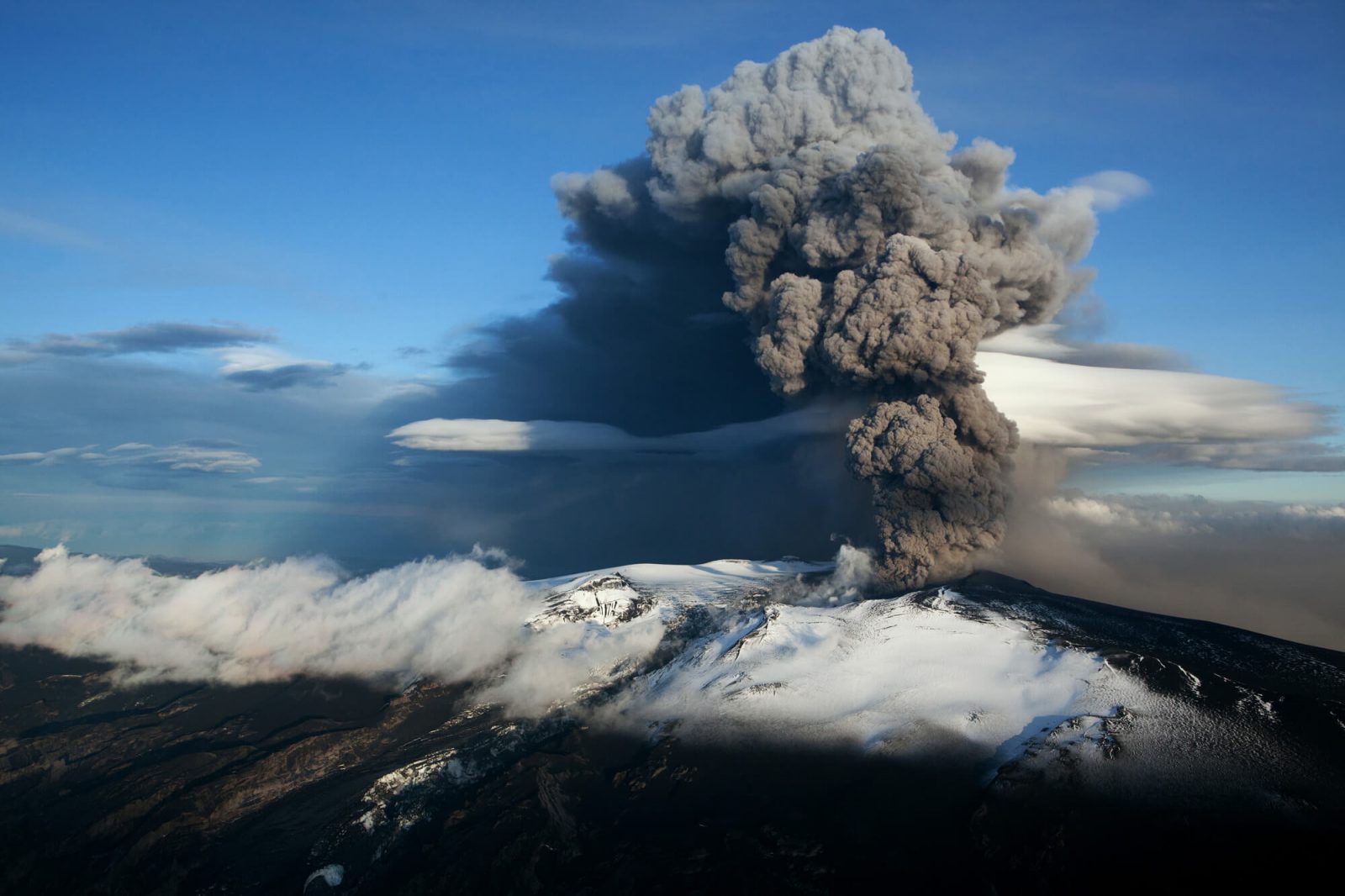Air traffic at Keflavik International Airport was grounded on Friday after meteorologists affirmed an emission had begun the Reykjanes Peninsula in Fagradalsfjall following quite a while of serious quakes
Flights were in a split second ended and individuals cautioned to remain away after a colossal volcanic emission in Iceland the previous evening, with liquid magma causing astounding red skies noticeable for a significant distance.
The Icelandic Meteorological Office said on Friday that emissions had started in Fagradalsfjall, in the Reykjanes Peninsula, close to Reykjavik, after a great many quakes lately.
“The emission was first seen on a web camera situated close [to] the mountain,” composed IMO on its site. “It was likewise affirmed on warm satellite symbolism.”
It’s said the emission happened around 9.15 pm nearby time, with the fishing town of Grindavík the closest populated zone, around 10km southwest.
Symbolism shows a break – assessed to gauge almost 200 meters – projecting sluggish streaming magma, while close-by streets were washed in a red intelligent shine.
All air traffic at Keflavik International Airport was been grounded accordingly, as of now there are no reports of ashfall, in spite of the fact that tephra and gas emanations are normal, said IMO.
Local people were supposed to be on reserve on the off chance that they needed to empty the zone, with neighborhood police powers encouraging individuals to dodge the zone.
A helicopter with a logical workforce was mixed to evaluate the degree of the ejection, authorities said.
The fountain of liquid magma, on Fagradalsfjall mountain, is a seismic area of interest, wherein an excess of 40,000 tremors have happened since February 24 – more than the entire year ago.
Volcanic ejections in the area are known as unrestrained emissions, where magma streams consistently starting from the earliest stage, then in an unstable way heaving debris mists high into the sky.
IMO said: “The climate on the landmass is wet and breezy, and an orange shine can be found in low mists not too far off from Reykjanesbær and Grindavík.
“The ejection site is in a valley, about 4.7 km inland from the southern shoreline of the landmass.
“The waterfront town of Grindavík is the [closest] populated area to the ejection site, found around 10 km toward the southwest.”
It added: “There are by and by no reports of ashfall, despite the fact that tephra and gas emanations are normal.”
Icelandic police said on Twitter: “We request that individuals stay quiet and not under any conditions go near the emission site or on Reykjanesbraut.
“People on call should have the option to drive unreservedly to survey the circumstance. Researchers are dealing with surveying the ejection.”
The wellspring of the previous weeks’ quakes is a huge collection of liquid stone, known as magma, moving approximately one kilometer underneath the promontory, as it attempts to push its way to the surface.
“We’ve never seen such a lot of seismic movement,” Sara Barsotti, volcanic risks facilitator at the Icelandic Meteorological Office (IMO) revealed to Reuters recently.
A portion of those shakes checked in at extents as high as 5.7.
Yesterday evening [Friday} the workplace posted on Twitter: “Volcanic emission has started in Fagradalsfjall.”
Experts in Iceland cautioned of an inescapable volcanic emission on the promontory toward the beginning of March – in any case, they didn’t anticipate that it should upset worldwide air traffic or harm the basic foundation.
In 2010 around 900,000 flights were stopped and hundreds were constrained from their homes following a gigantic emission close by.
Iceland could be setting out toward a volcanic emission after an amazing 17,000 quakes were felt in the southwest piece of the island in the previous week alone.
The multitude of shudders on the Reykjanes Peninsula extended the right to the capital city of Reykjavík – which is 27km away – and the regions around it.
The most grounded quake yet was recorded around the same time the quakes started on February 24 and had the greatness of 5.6 on the Richter scale, CNN reports.
One observer said while Icelanders likely could be familiar with quakes, the most recent arrangement is unsettling as they’ve never kept going so long.
” I have encountered seismic tremors previously yet never so numerous in succession,” Reykjavik occupant Auður Alfa Ólafsdóttir told CNN.
“It is uncommon to feel the Earth shake 24 hours per day for an entire week. It causes you to feel little and feeble against nature.”











Leave a Reply